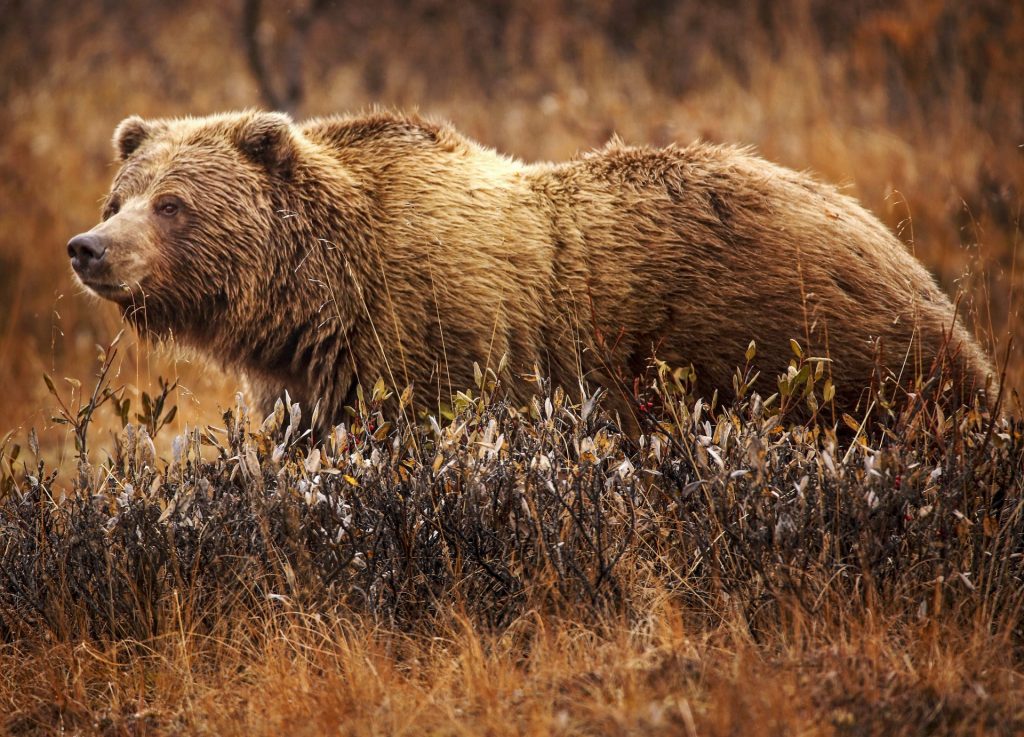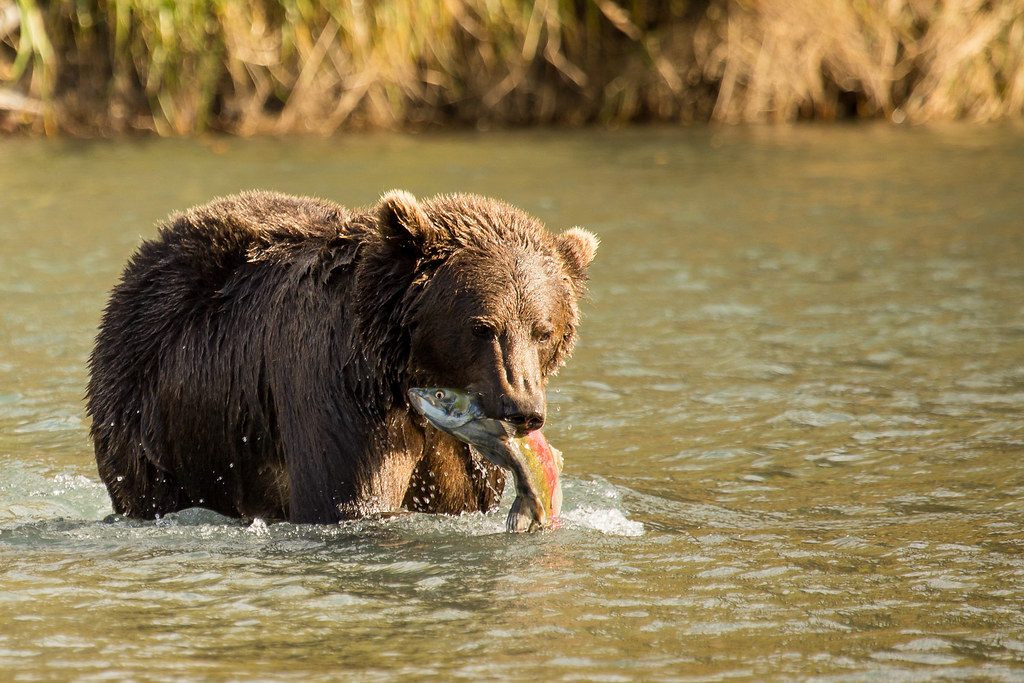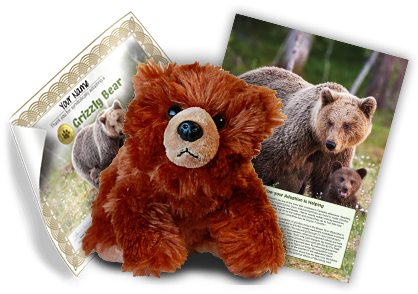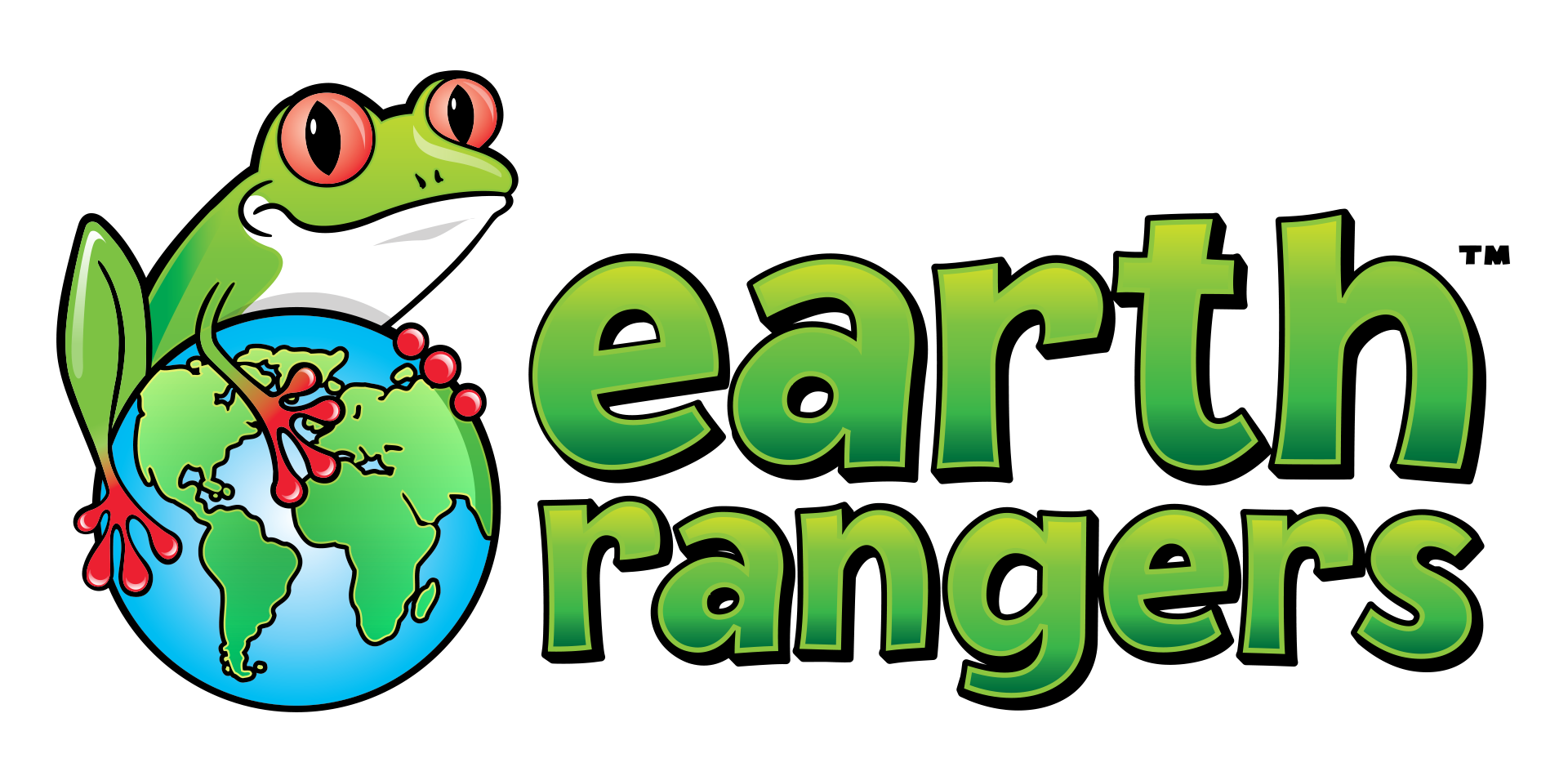Today, we are going to get our ‘bearings’ within a day in the life of a grizzly bear! Grizzly bears are the magnificent, humongous, bears that live across North America. They mainly live on the Western side of Canada and the United States, and can even be found in Alaska. So without further ado, get ready to gab about grizzly bears!

If you were a grizzly bear, you would most likely live in a woodland, forest, alpine meadow or a prairie. Most often, grizzly bears pick habitats close to rivers and streams, which they use as a food and water resource. After rolling out of bed from your bear slumber, you would most likely be a little hungry, and set off to search for food! Grizzly bears are omnivores, which means they eat both plants and meat. In particular, grizzly bears like to snack on fruits, berries, nuts, grasses, forbes, fish (especially salmon!), rodents, and hoofed animals, like moose, elk, caribou and deer. Not a bad selection! Grizzly bears are famous for wading in rushing rivers, to try and catch spawning salmon. The fats and nutrients found in salmon are a very important component of the grizzly bear diet and will help sustain them throughout the winter while they hibernate. To hibernate, bears must find a place to hole-up and wait out the harsh winter months. They often burrow underground in a hillside insulated by snow to keep warm. When bears hibernate, it’s almost like they’re sleeping; their body temperature drops and their breathing, heart rate and metabolism slows.

When they are not in hibernation mode, grizzly bears roam around huge areas of land and require a large habitat size. Female grizzly bears require a habitat range of about 130-390 square kilometres, while male grizzly bears require a range of 1,500 square kilometres. Because they need such a large space to roam around, grizzly bears are threatened by loss of habitat. Not only that, but in the past, aggressive hunting has significantly reduced their population size. Luckily now, the grizzly bear population is starting to recover, and can be viewed as a conservation success story! However, we still have work to do to ensure these animals continue to be protected from issues such as habitat loss, poaching and climate change.
We hope you enjoyed today’s grizzly gabbing! Comment down below if you’ve ever seen a grizzly bear in the wild before!

If you want to take action to protect these magnificent creatures, adopt your very own grizzly bear today! By adopting a grizzly bear, you help Earth Rangers, The Youssef-Warren Foundation (TYWF) and the Wildlife Conservation Society (WCS) support a team of biologists studying grizzly bears in the Yukon, assessing important factors such as grizzly bear population size, habitat use and distribution. This significant research will then help us to learn how nearby roads and mining sites impact grizzly bears, and what the next conservation steps should be to help increase the protection of grizzly bears.


Hope I never see a grizzly bear in the wild!
I love grizzly bears! I hope they are fully out of danger forever because they are a classic animal that everyone thinks of.
I’ve never seen one in the wild but I’ve seen one at the Toronto Zoo before. It was raining out. The grizzly cub was playing with a big ball in the pond. I hope I see one in the wild some day.
I’m so glad there population is going back up bears are amazing creatures! ☘️ I love all animals Especially horses!
I have seen a Grizzly bear in the wild before in Jasper AB.